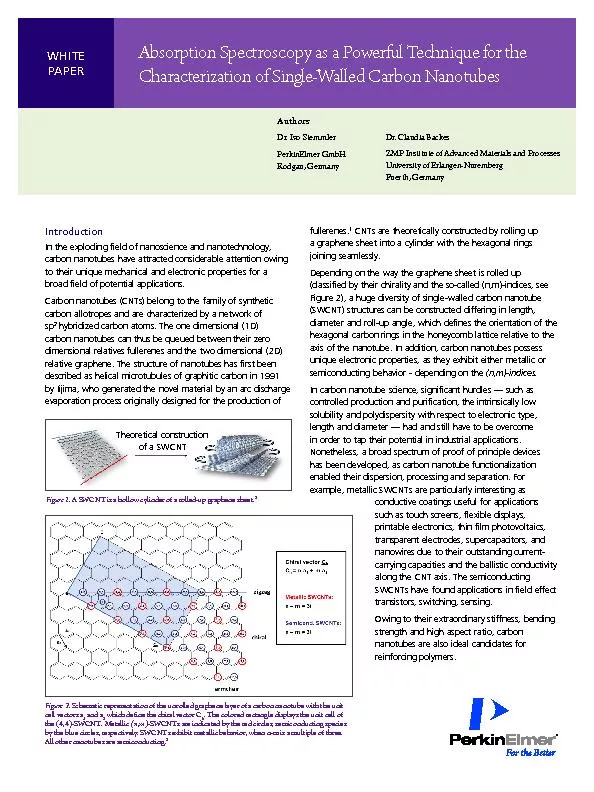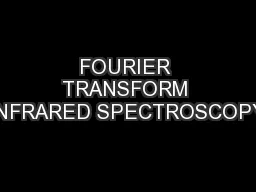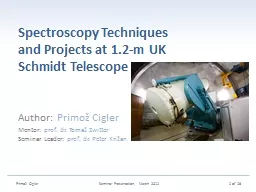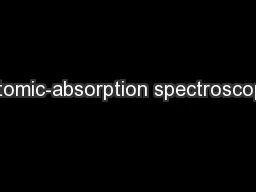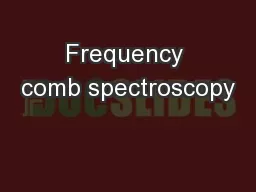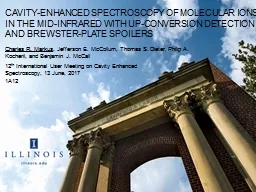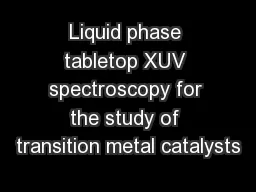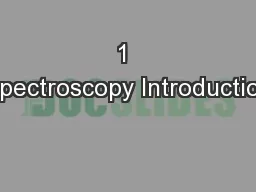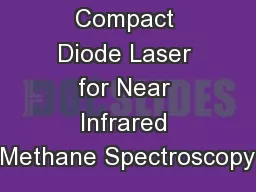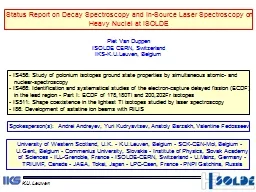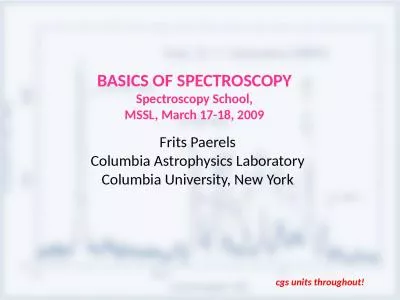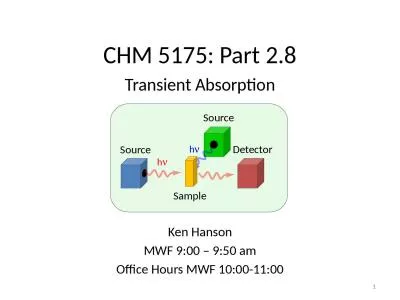PDF-Absorption Spectroscopy as a Powerful Technique for the
Author : karlyn-bohler | Published Date : 2016-08-23
WHITE PAPER Characterization of SingleWalled Carbon Nanotubes Introduction In the exploding field of nanoscience and nanotechnology carbon nanotubes have attracted
Presentation Embed Code
Download Presentation
Download Presentation The PPT/PDF document "Absorption Spectroscopy as a Powerful Te..." is the property of its rightful owner. Permission is granted to download and print the materials on this website for personal, non-commercial use only, and to display it on your personal computer provided you do not modify the materials and that you retain all copyright notices contained in the materials. By downloading content from our website, you accept the terms of this agreement.
Absorption Spectroscopy as a Powerful Technique for the: Transcript
Download Rules Of Document
"Absorption Spectroscopy as a Powerful Technique for the"The content belongs to its owner. You may download and print it for personal use, without modification, and keep all copyright notices. By downloading, you agree to these terms.
Related Documents

